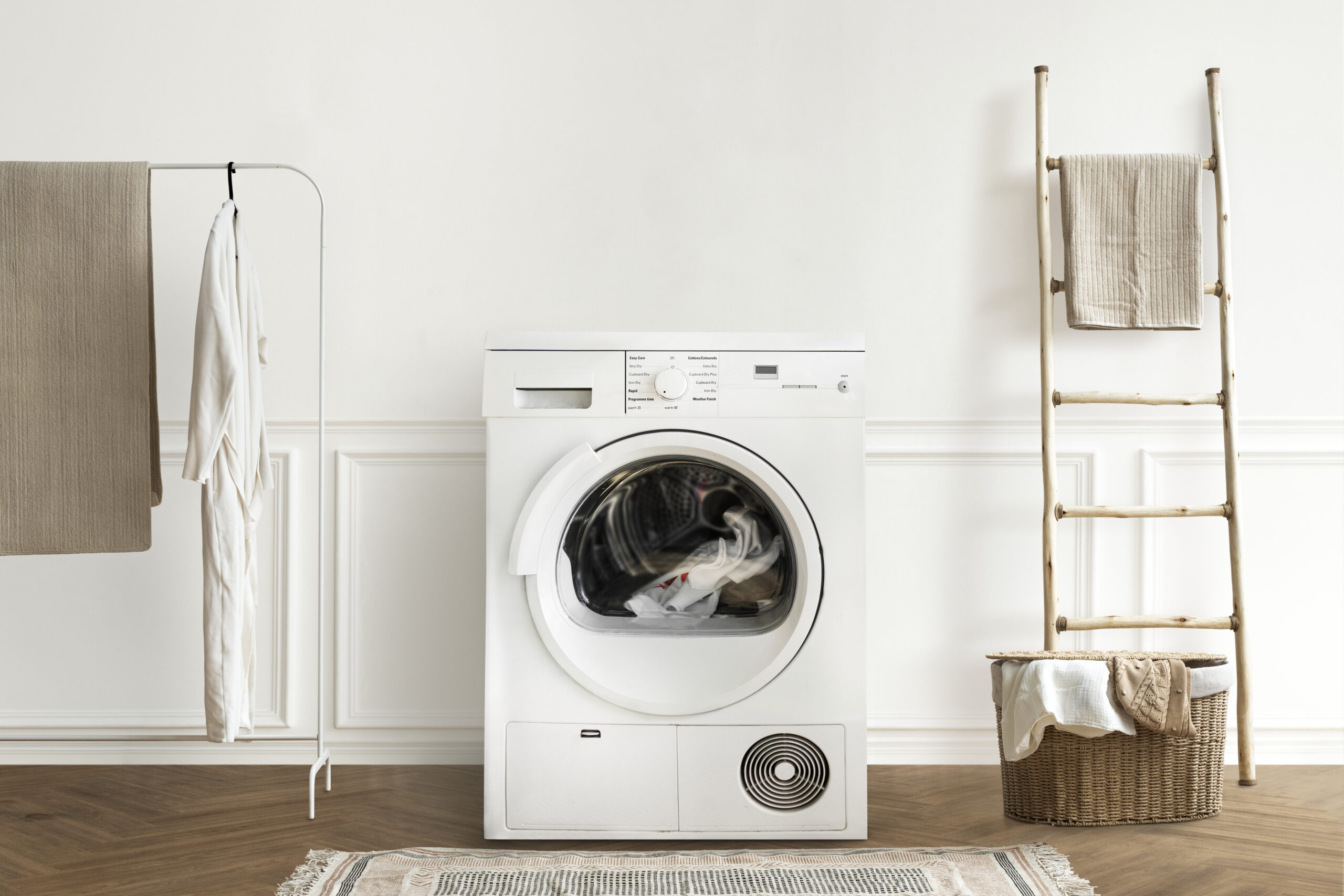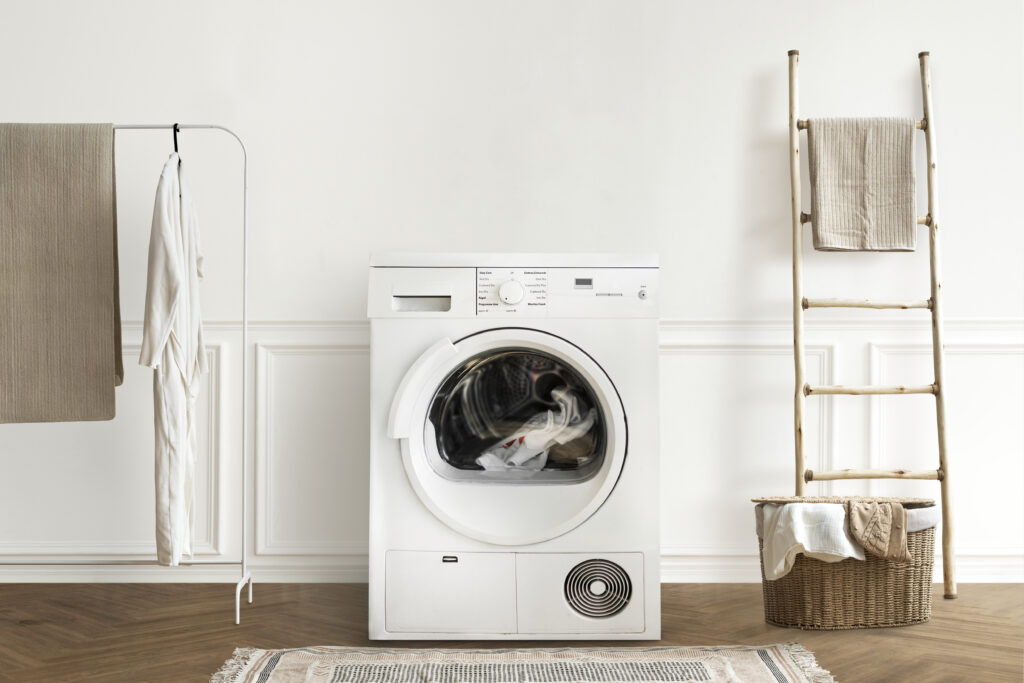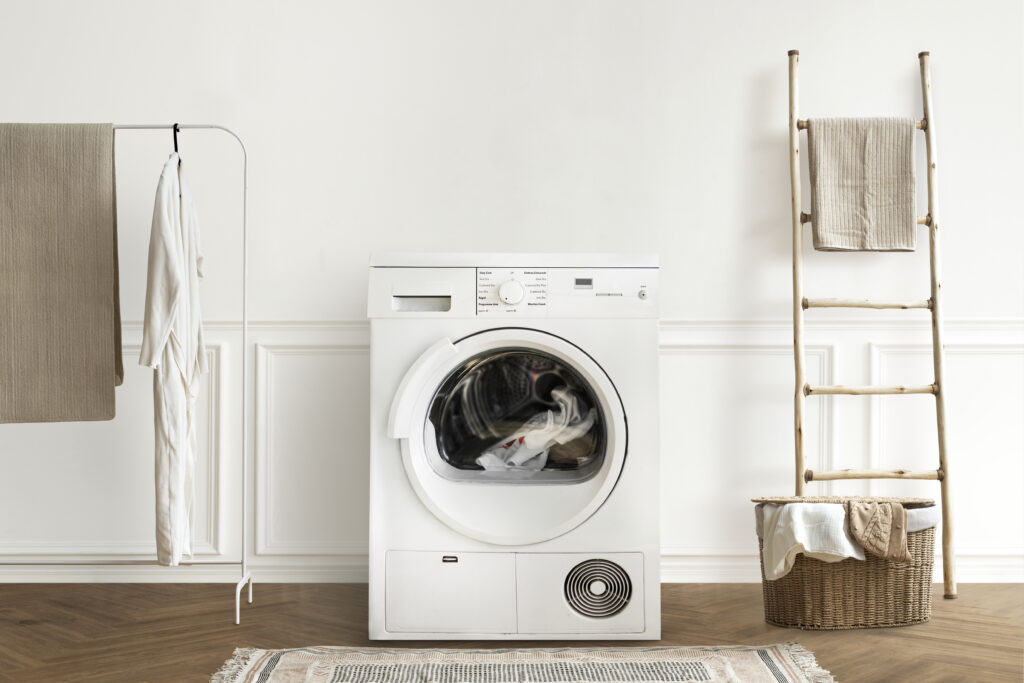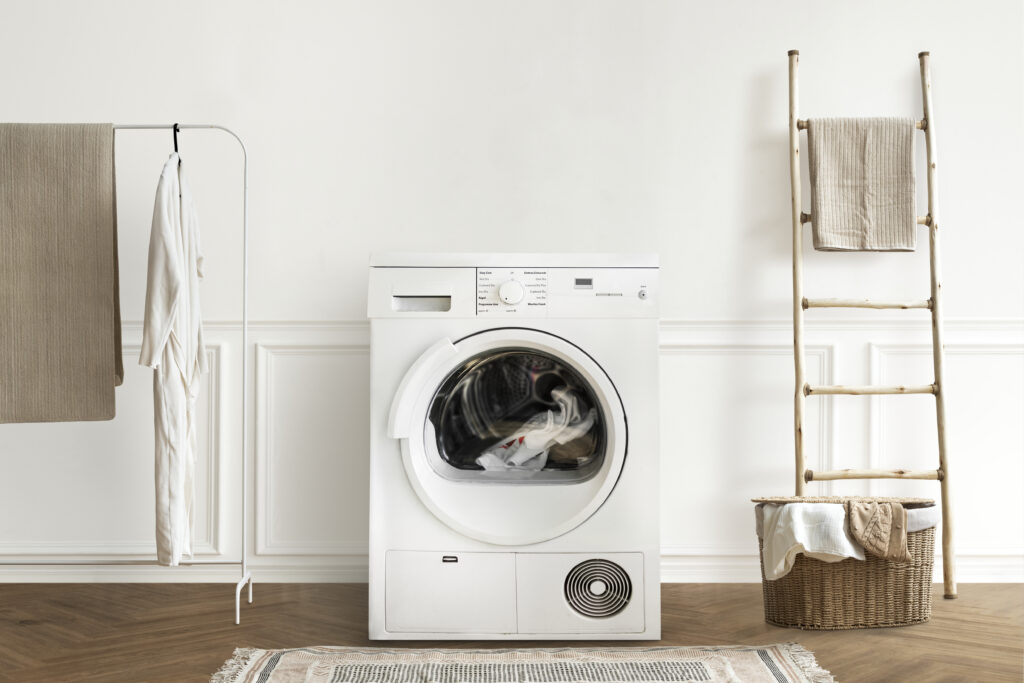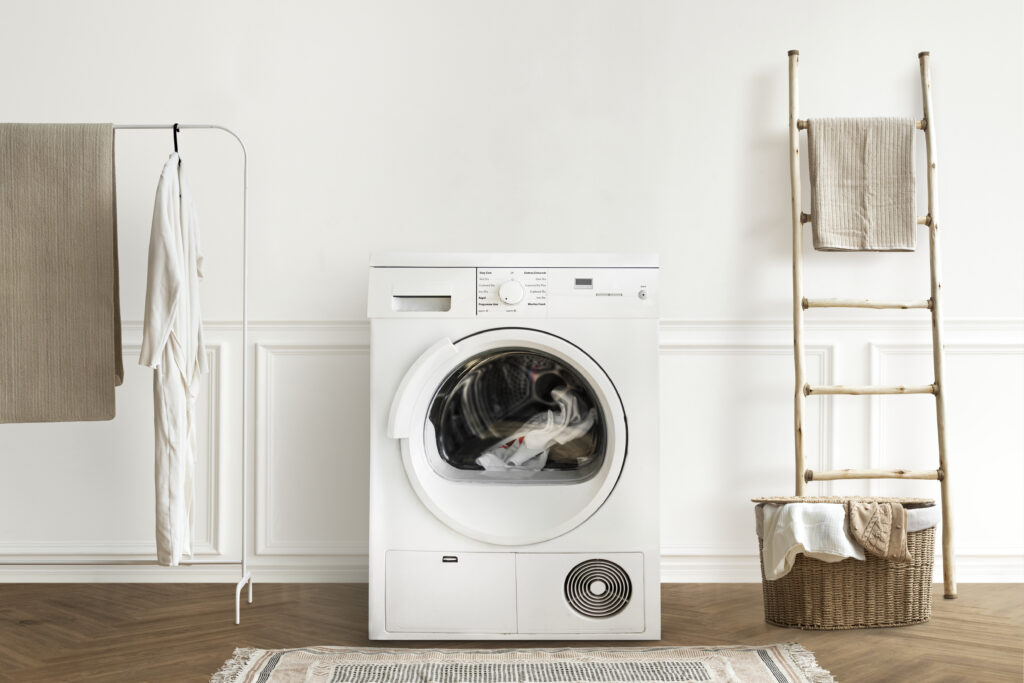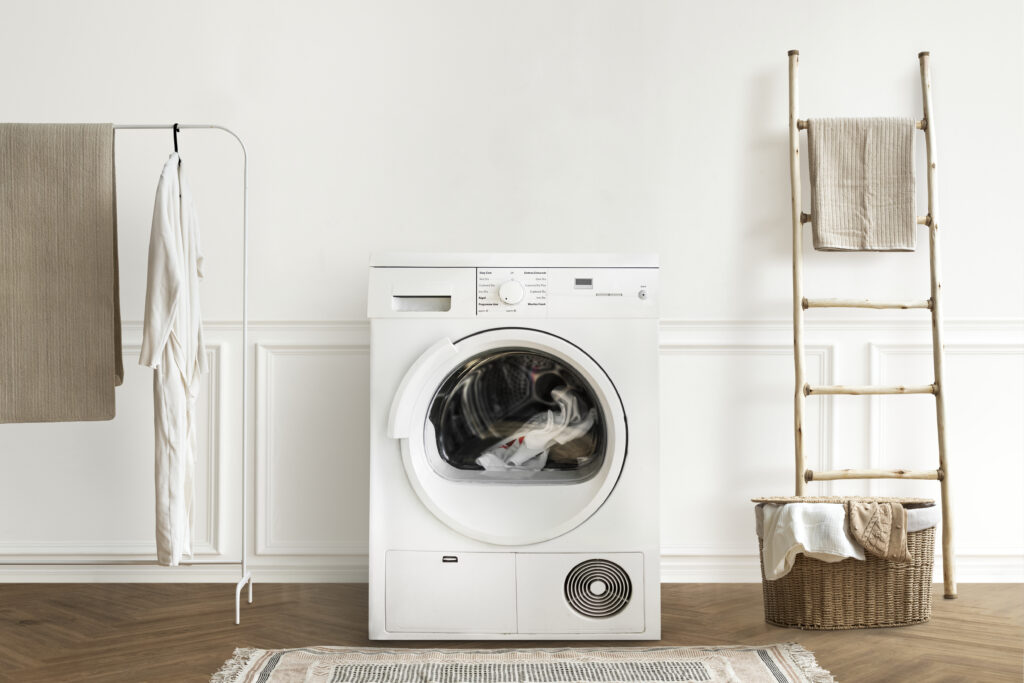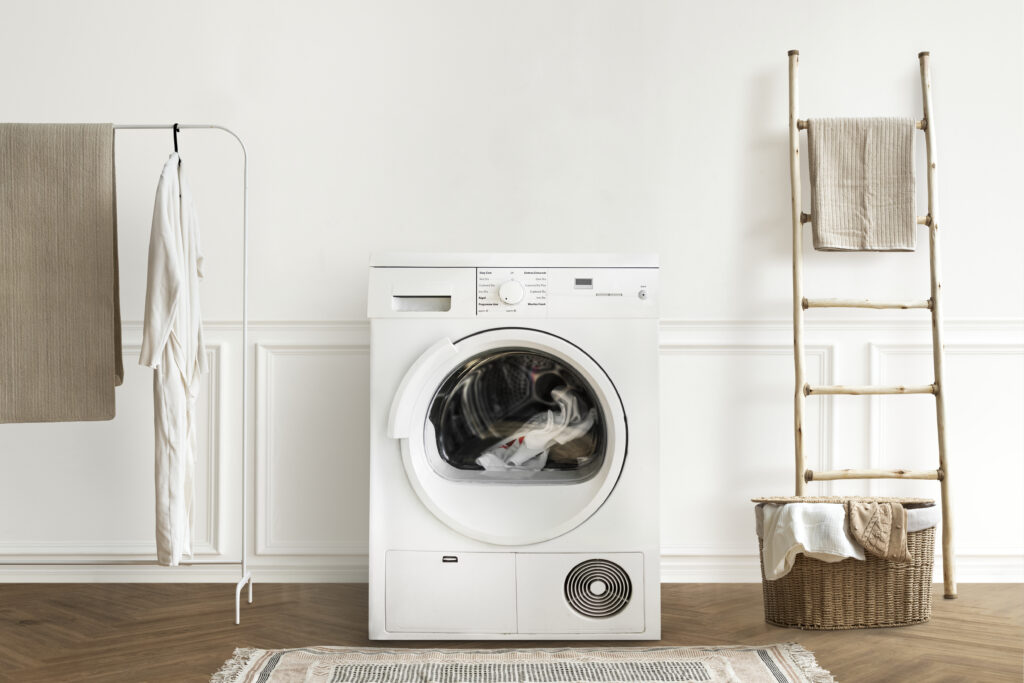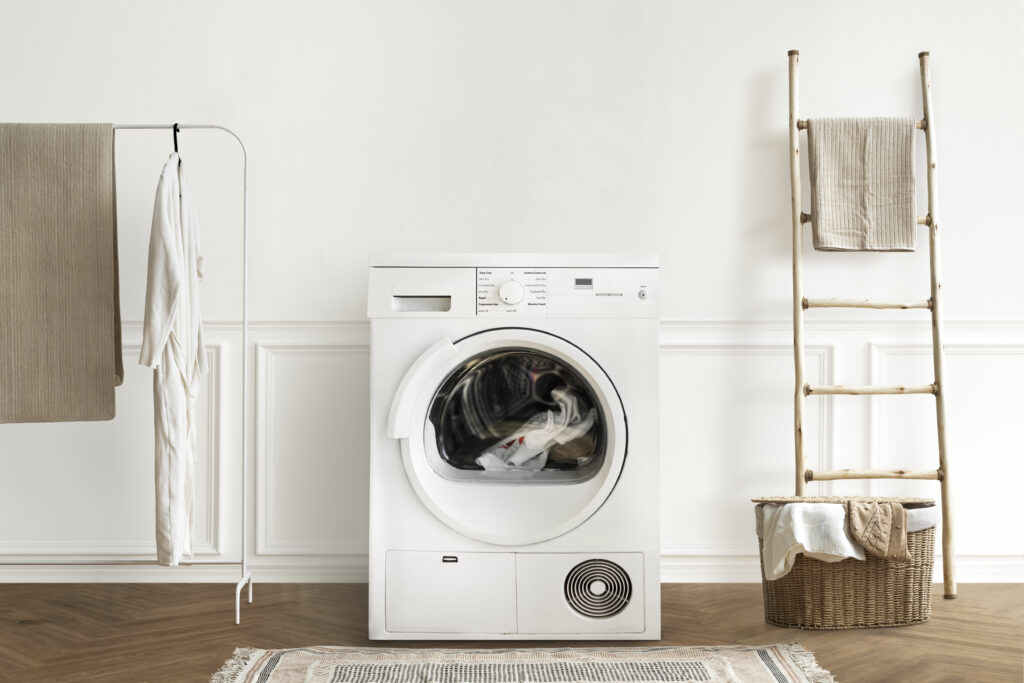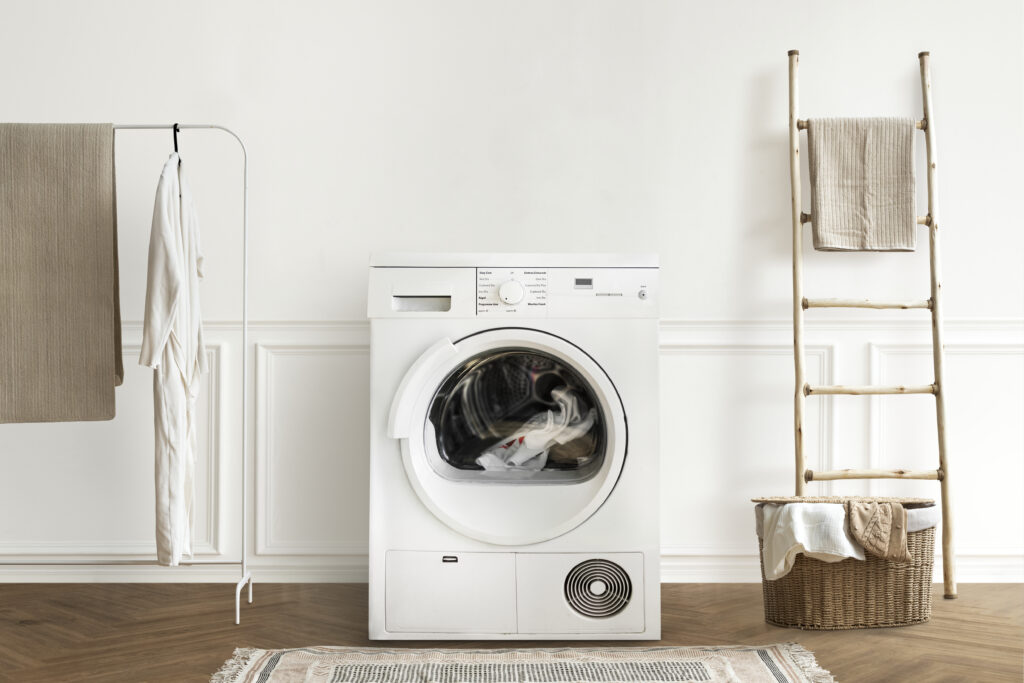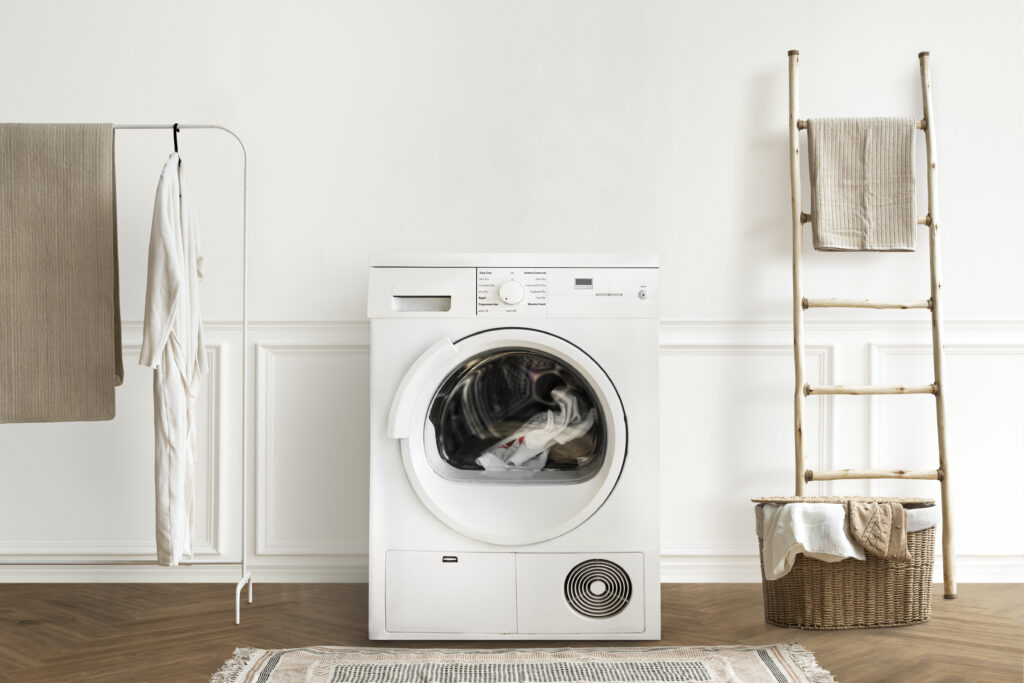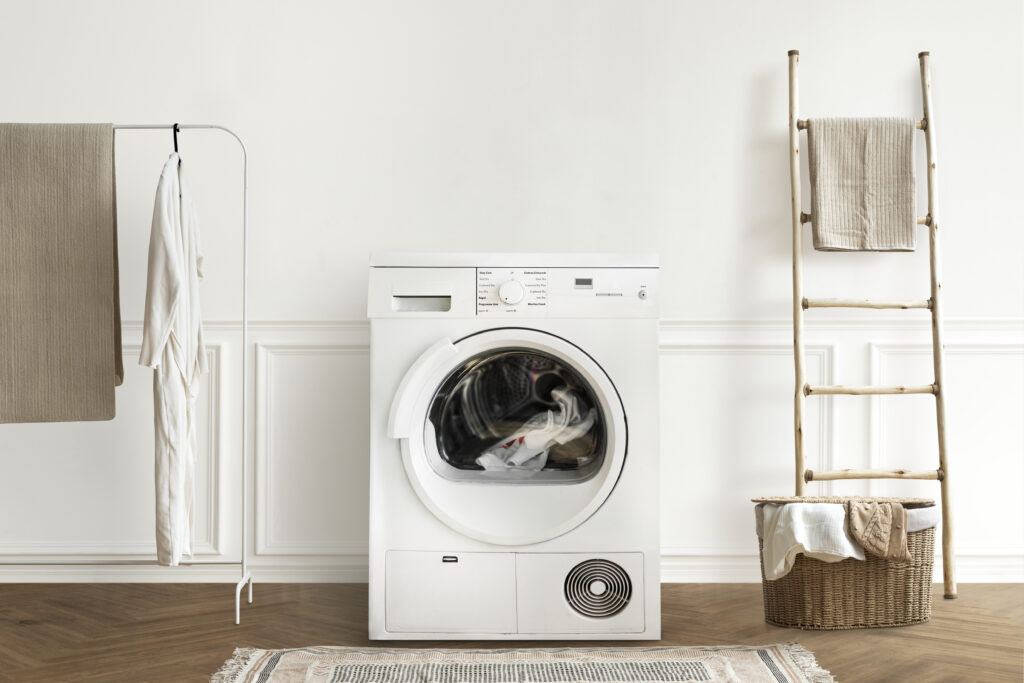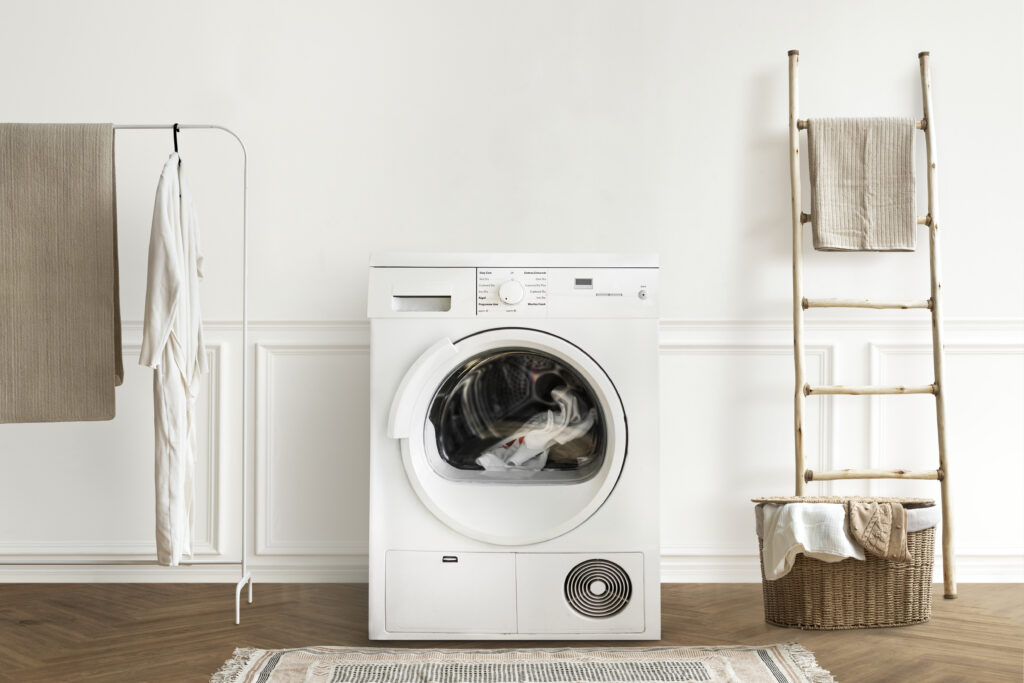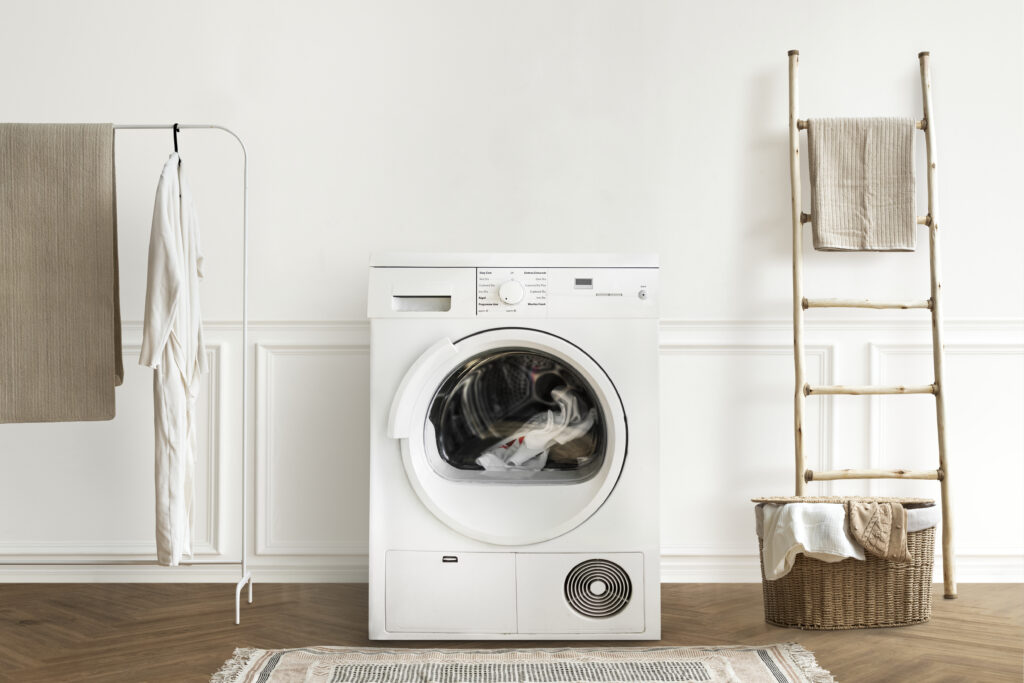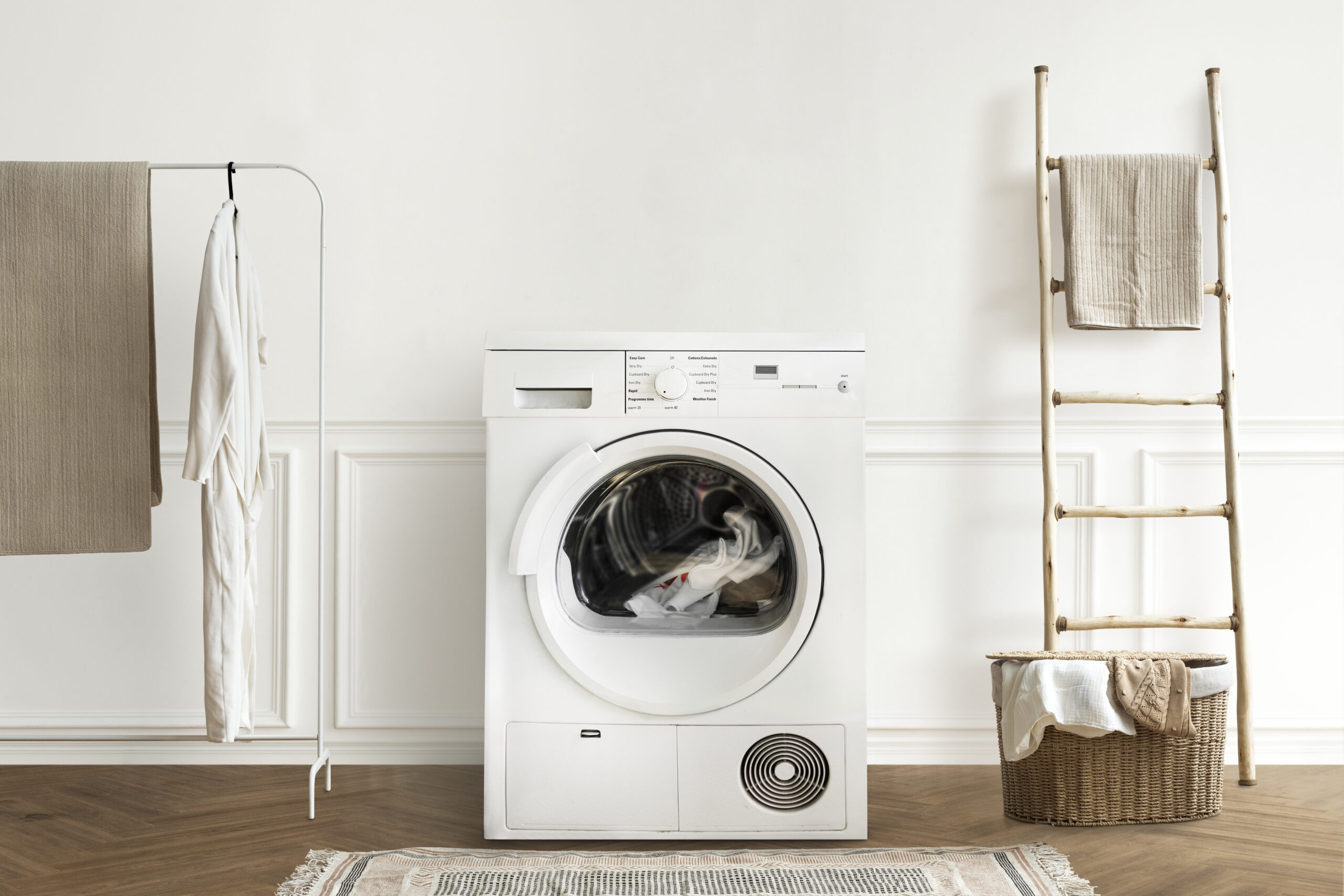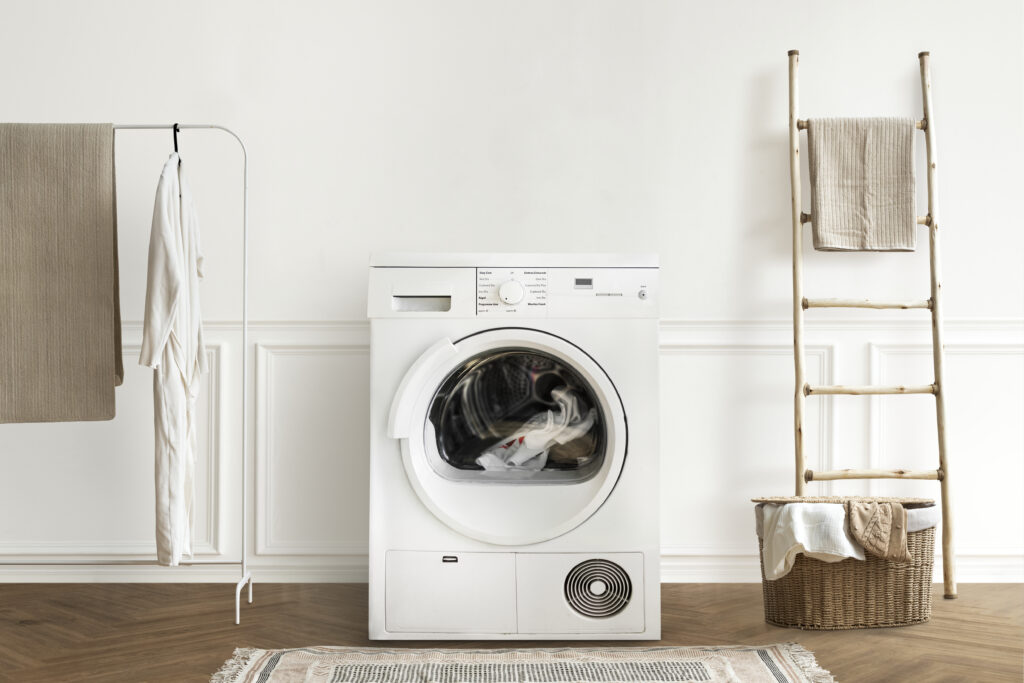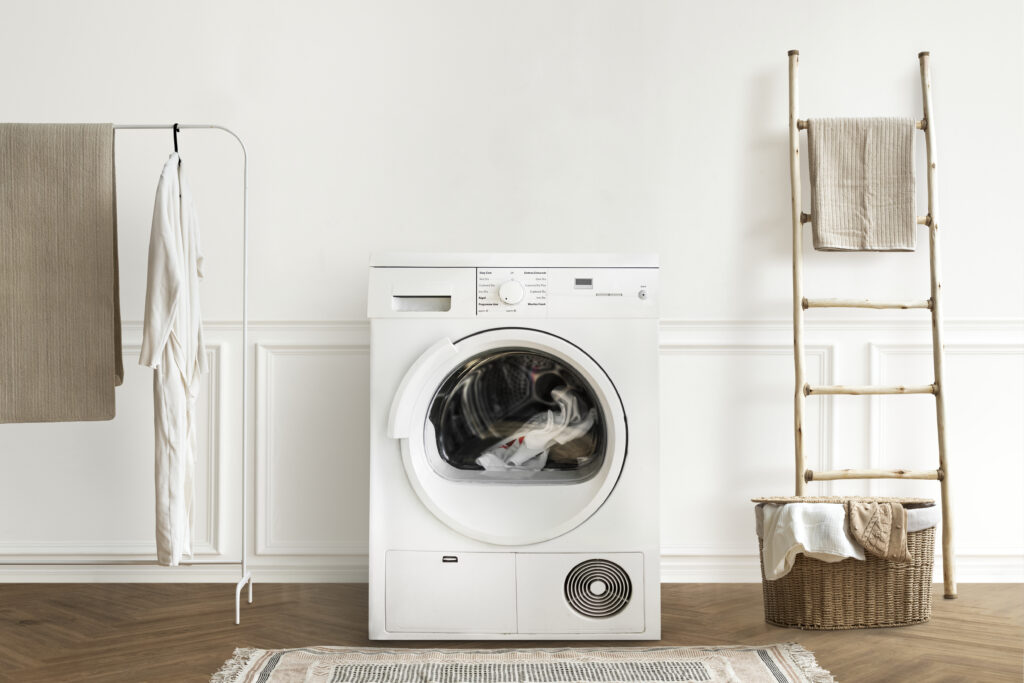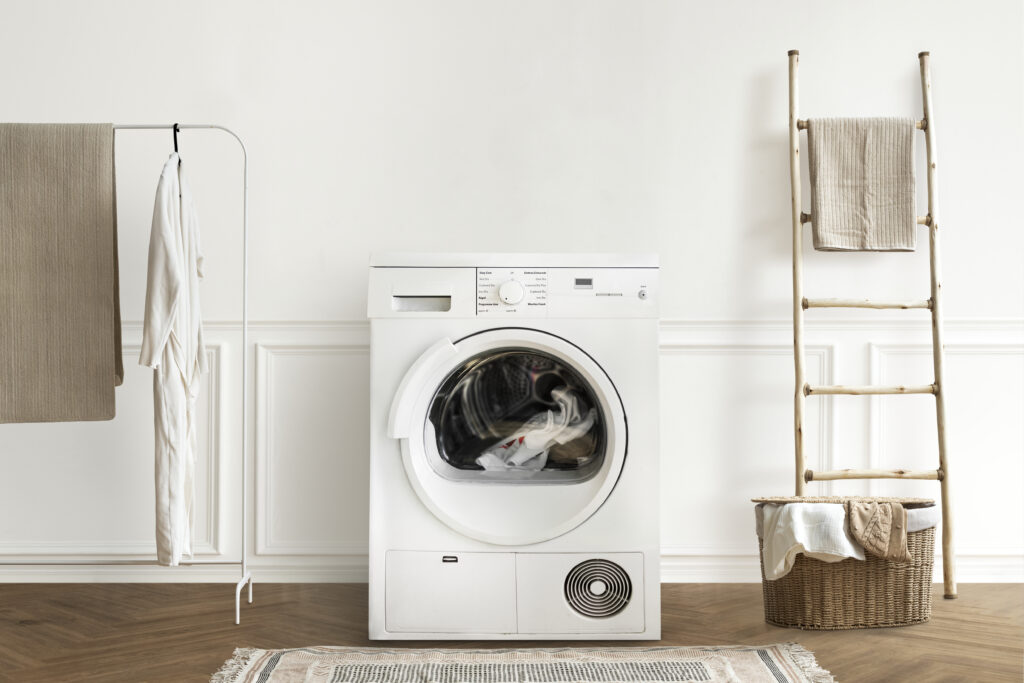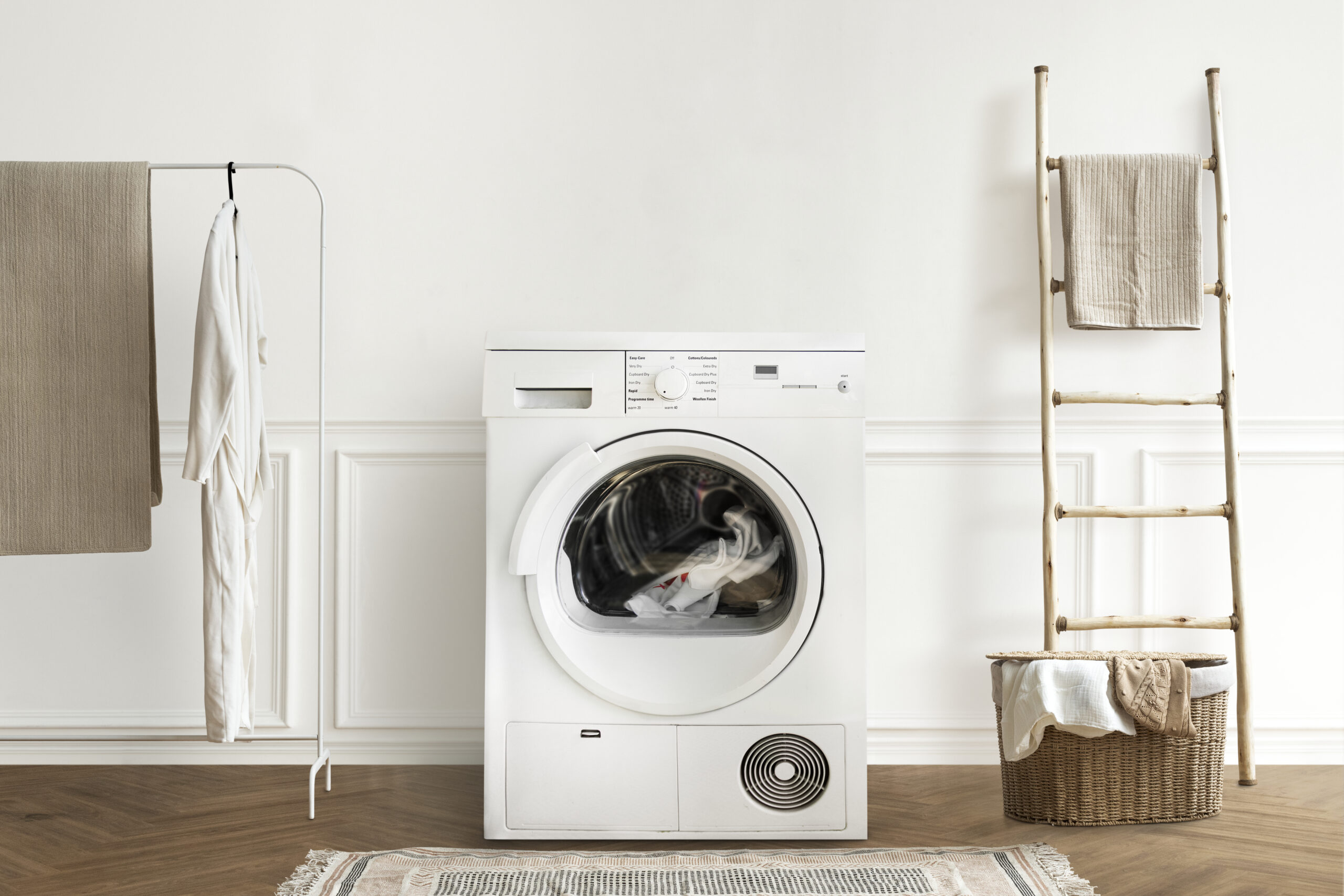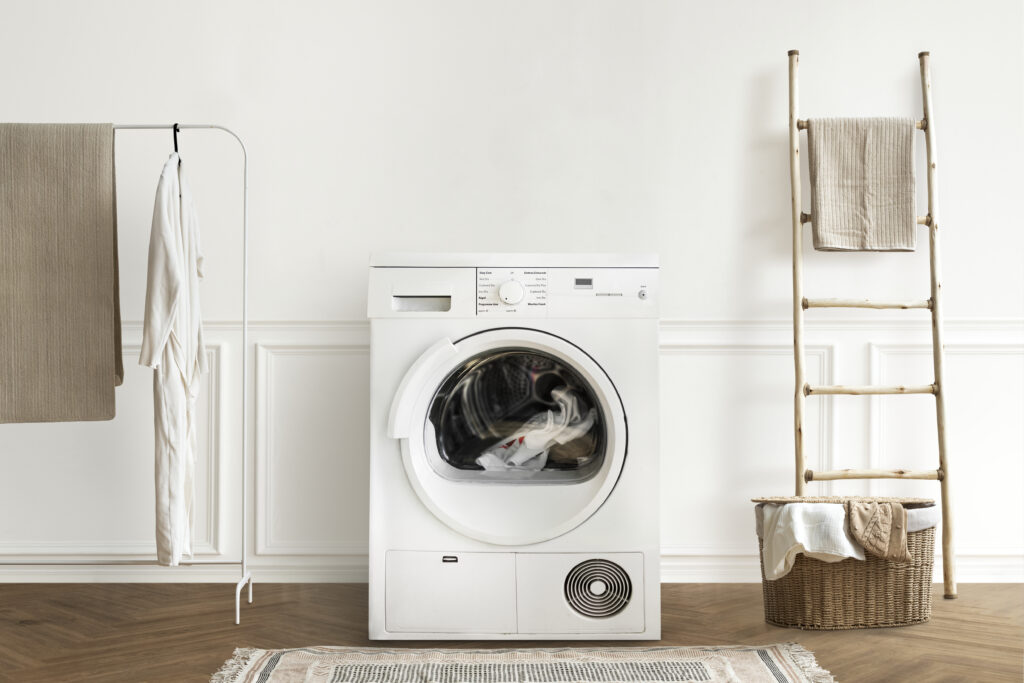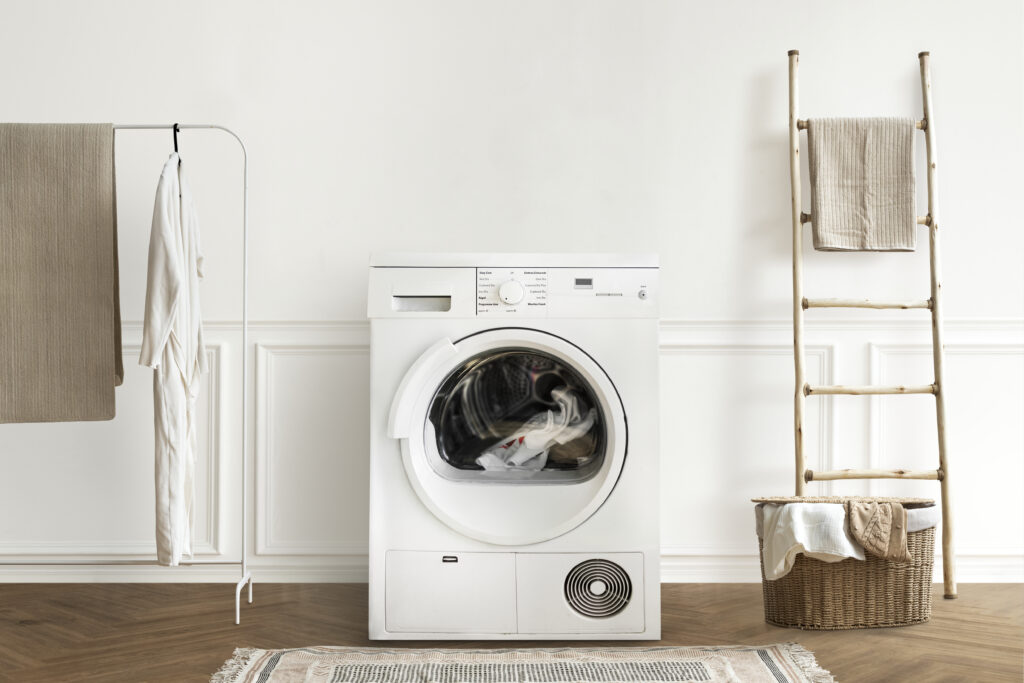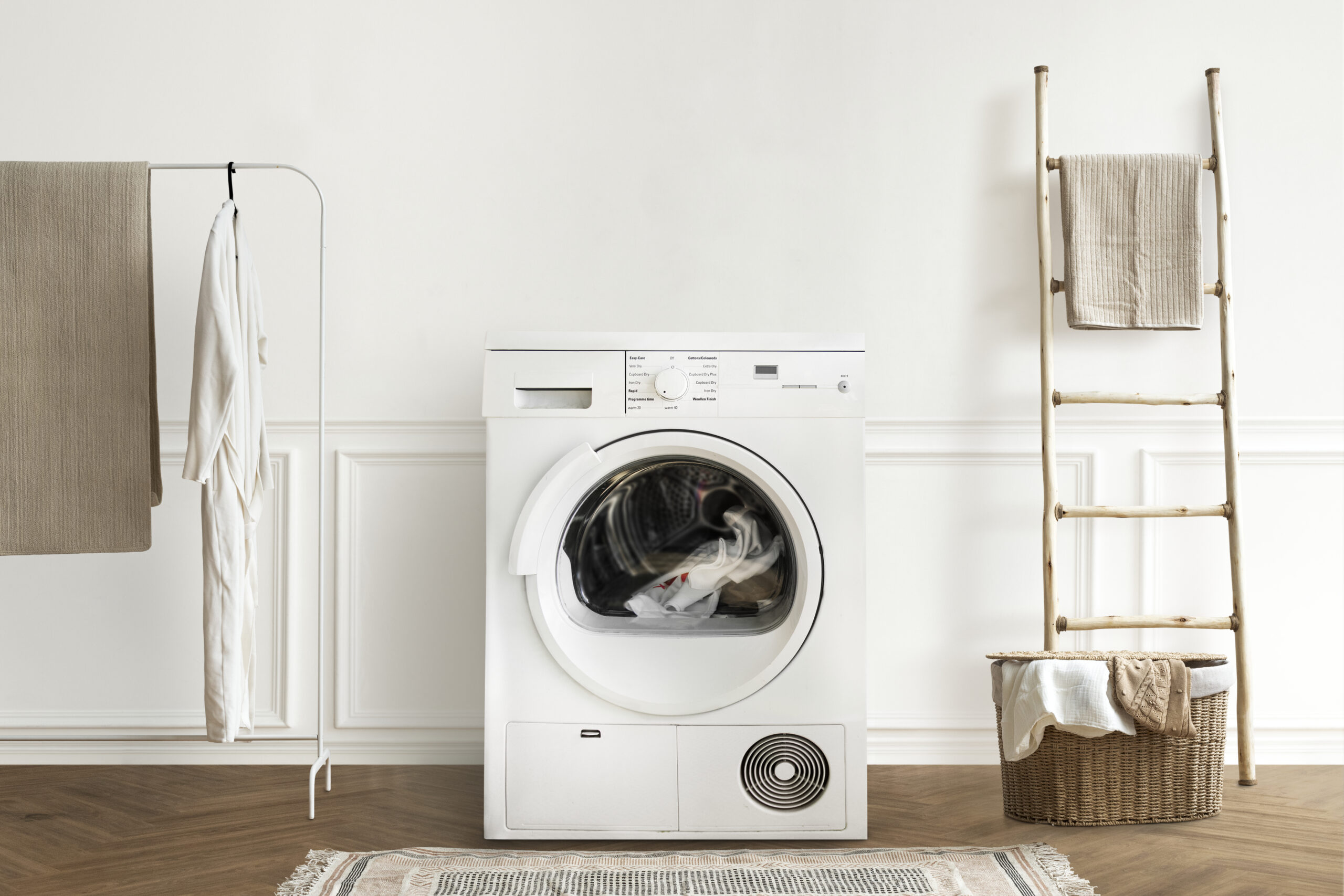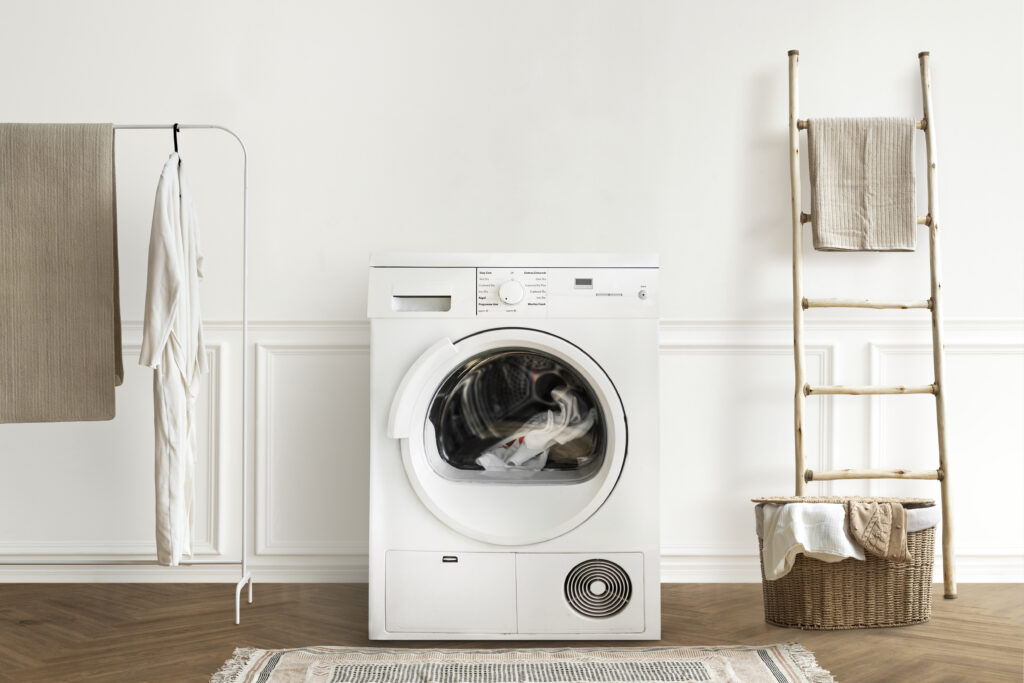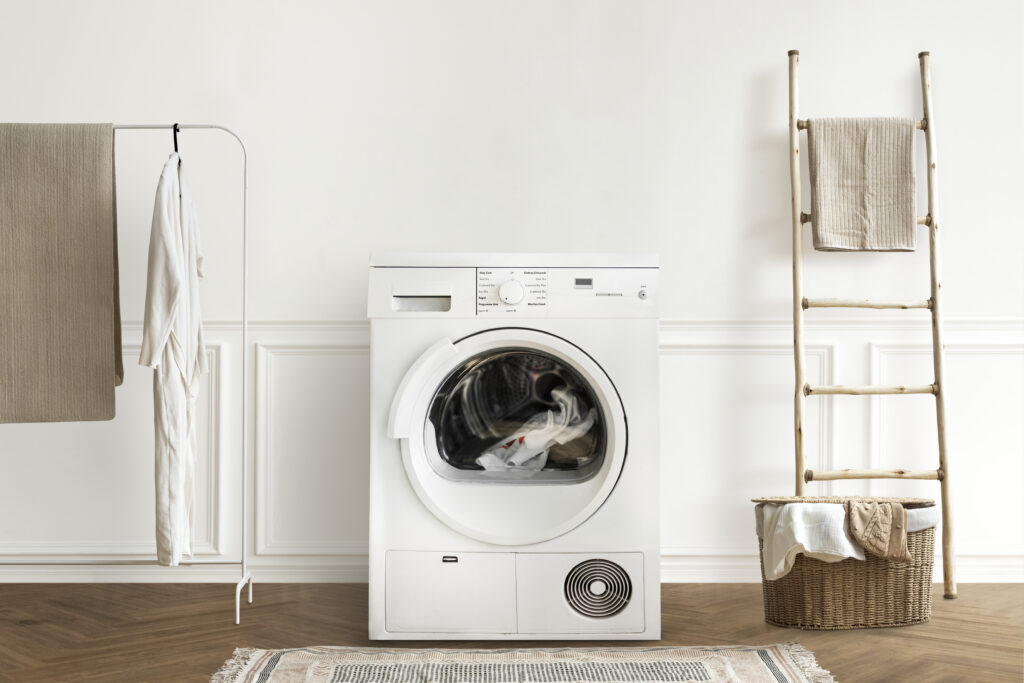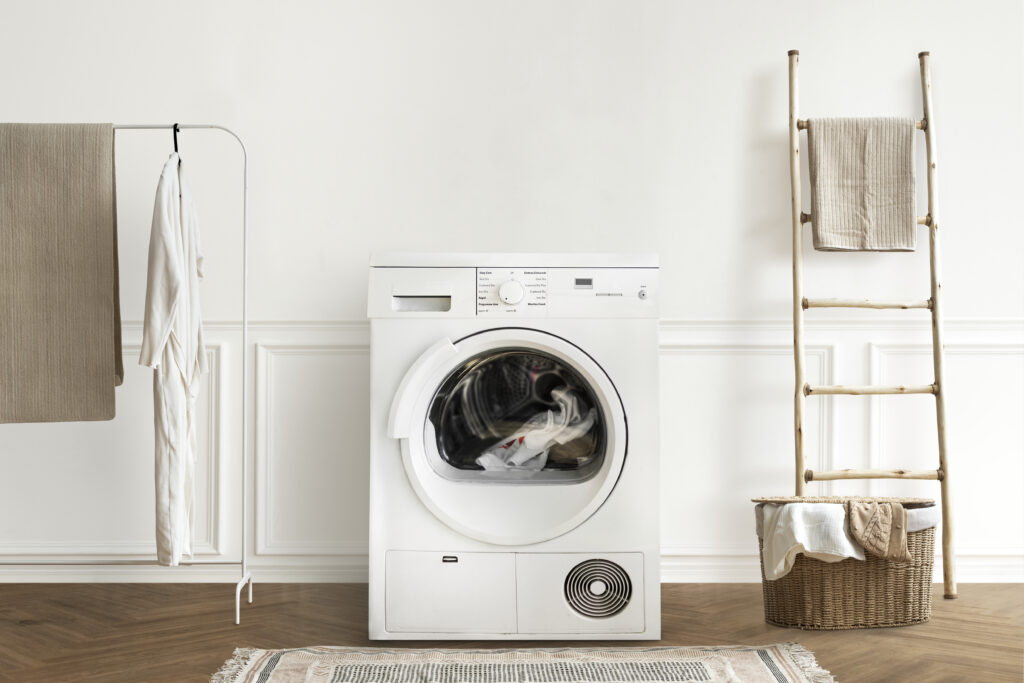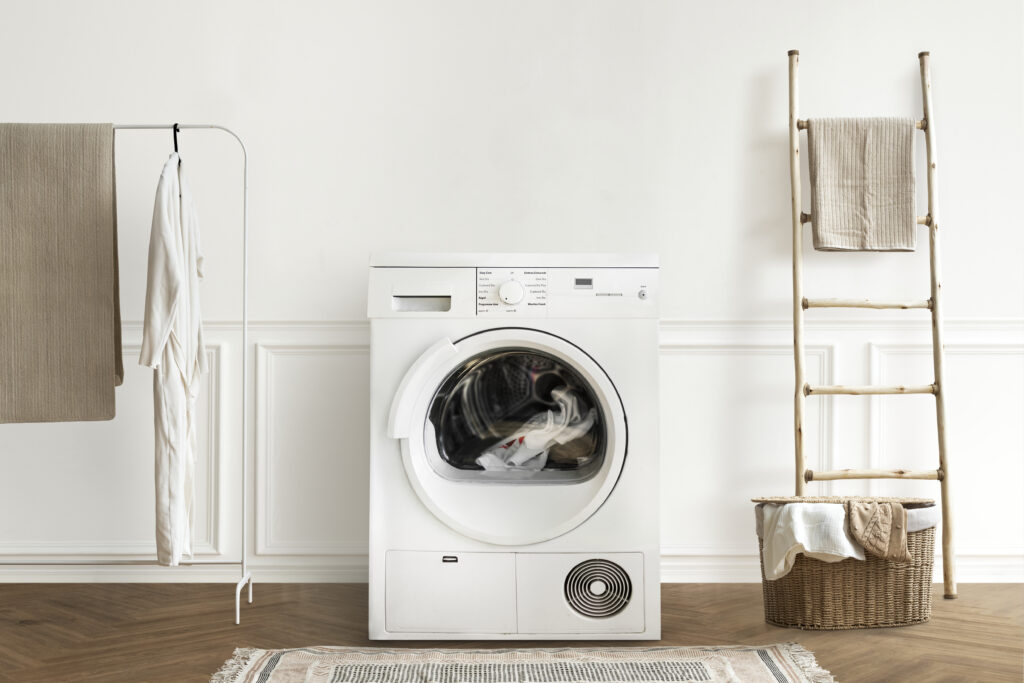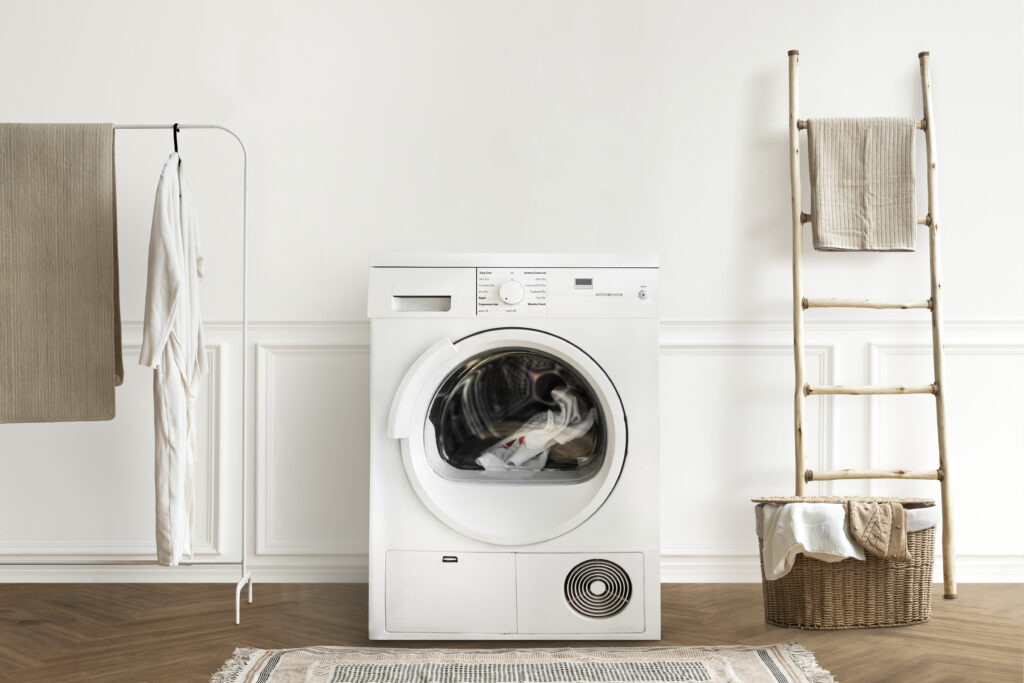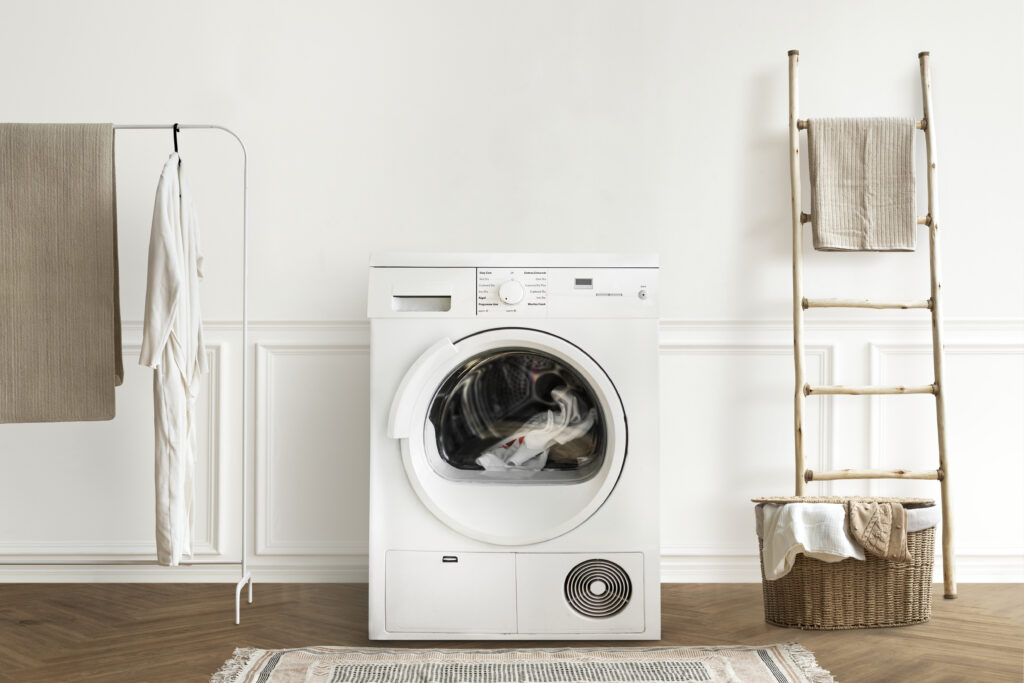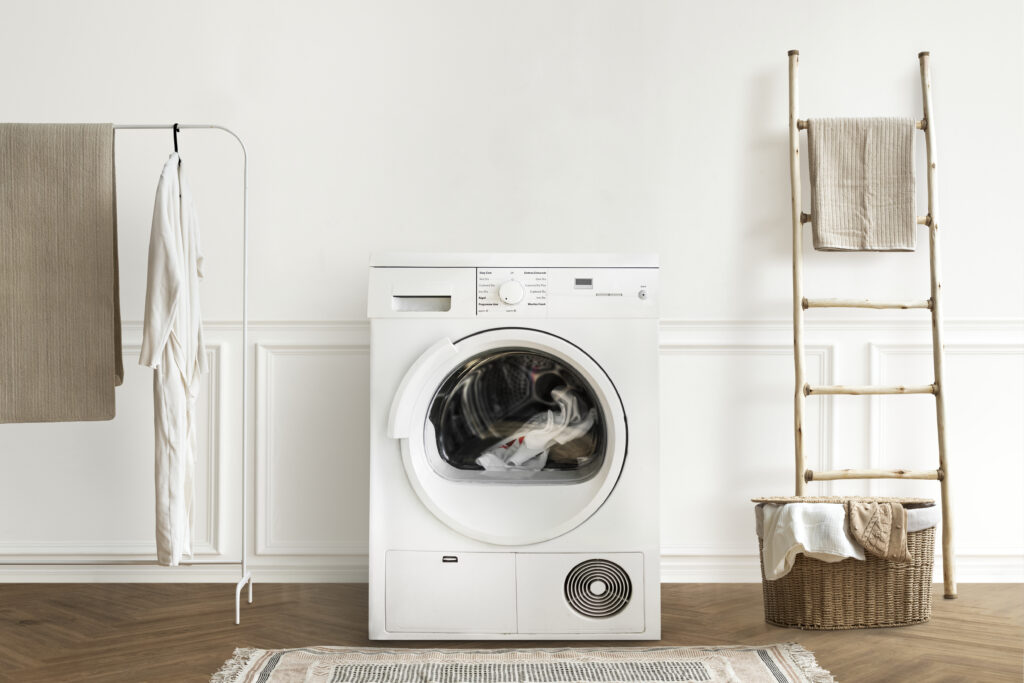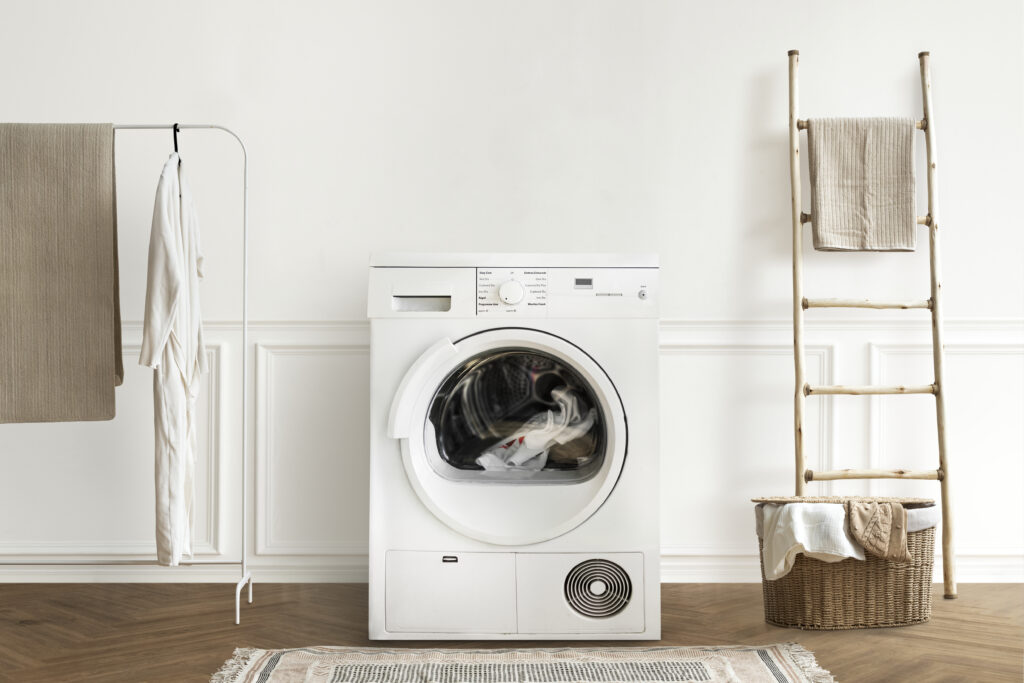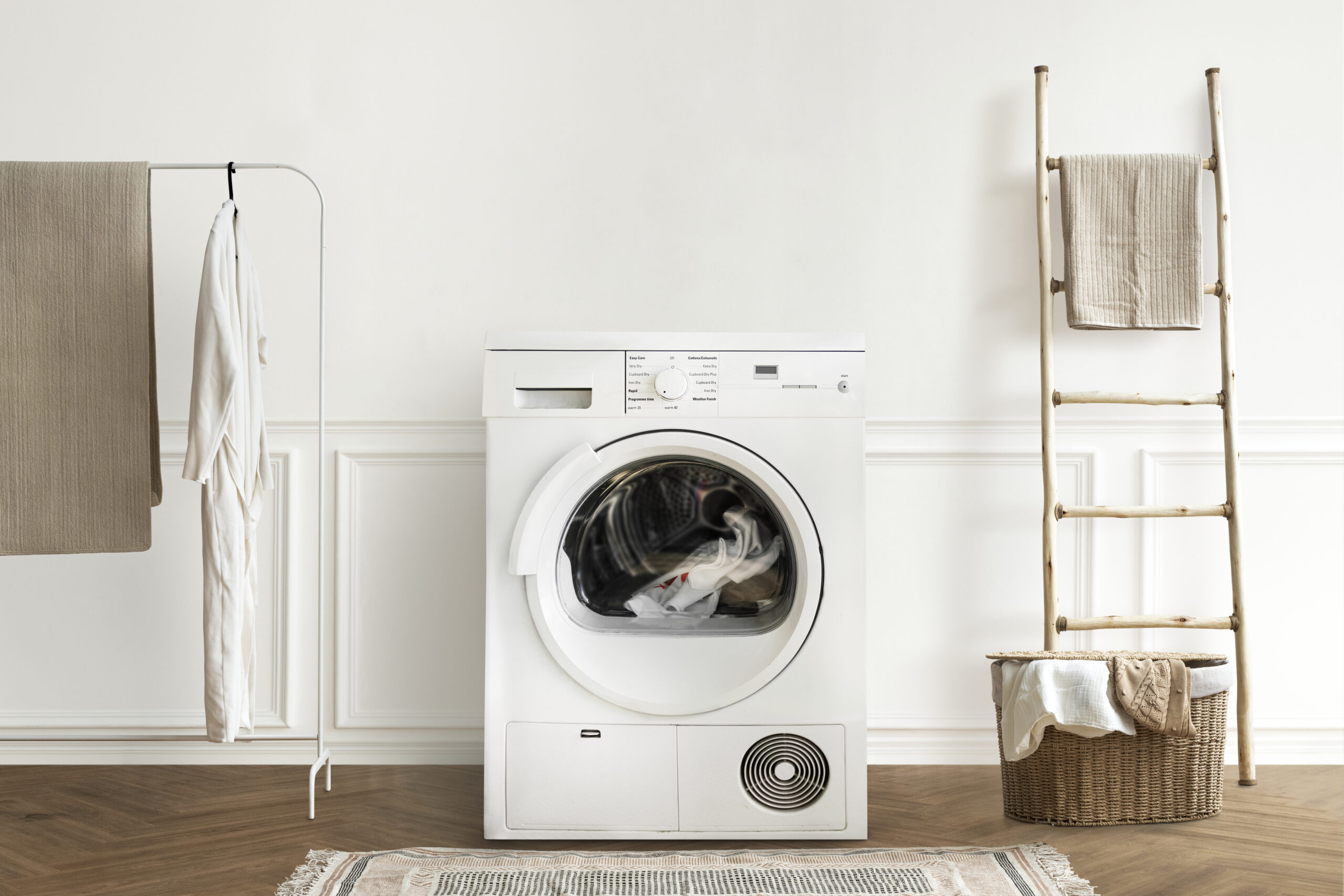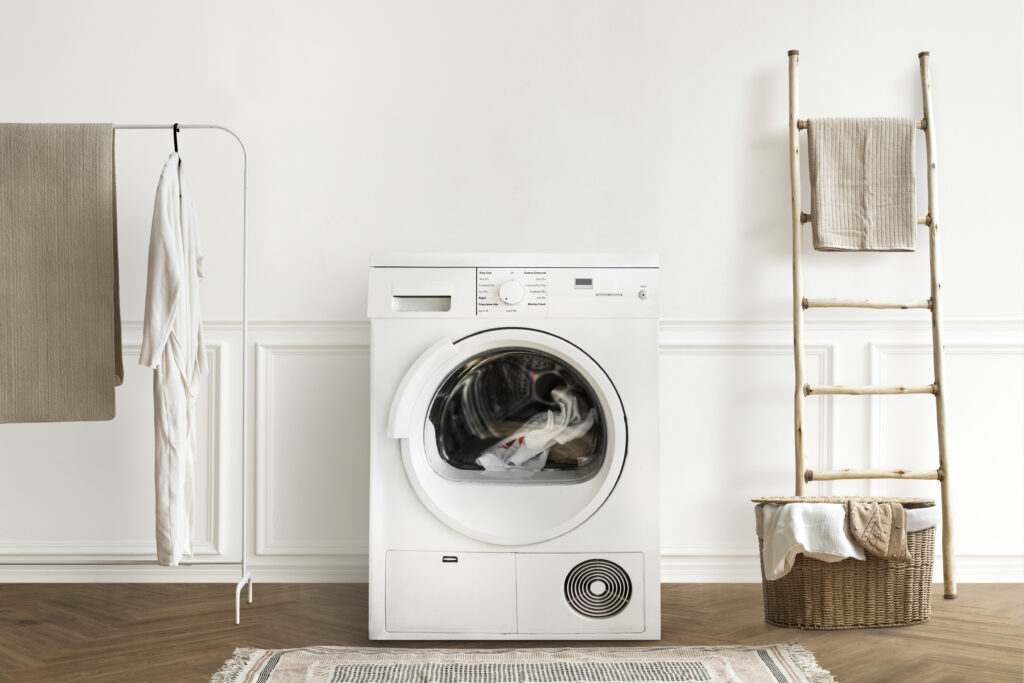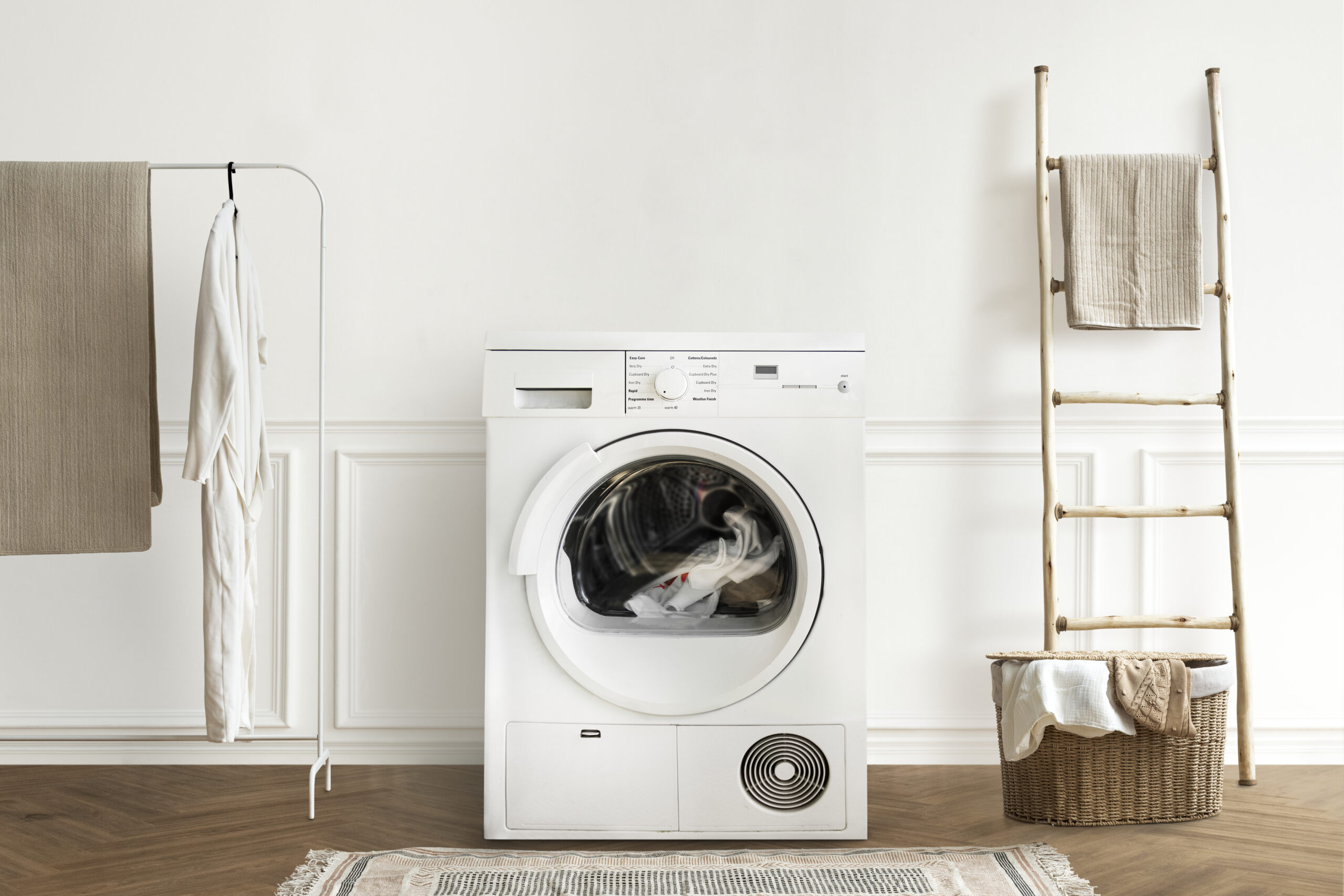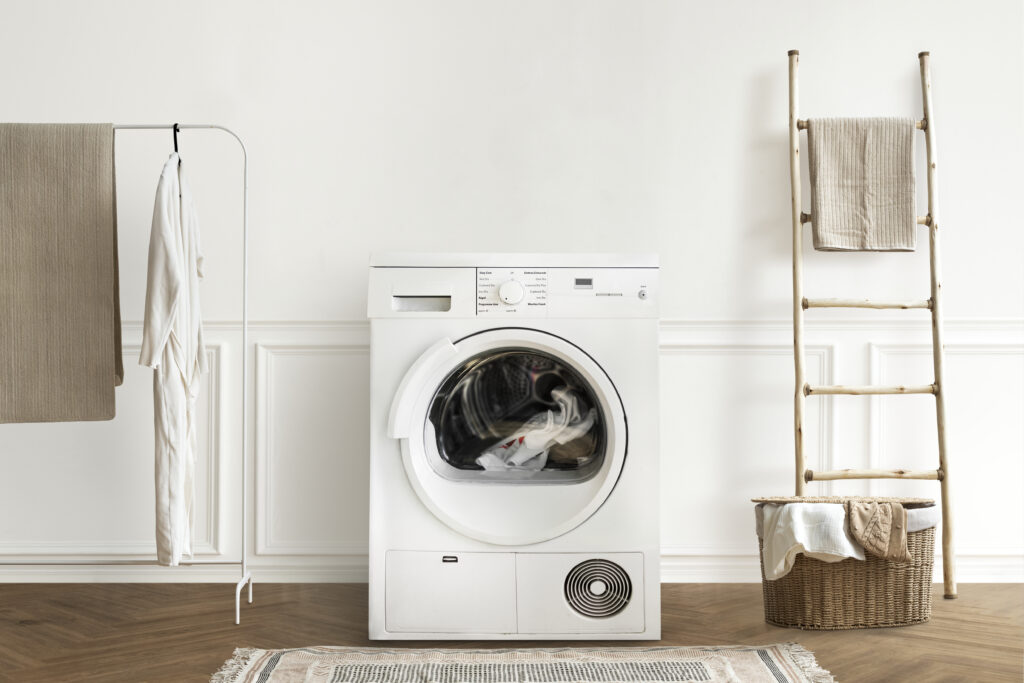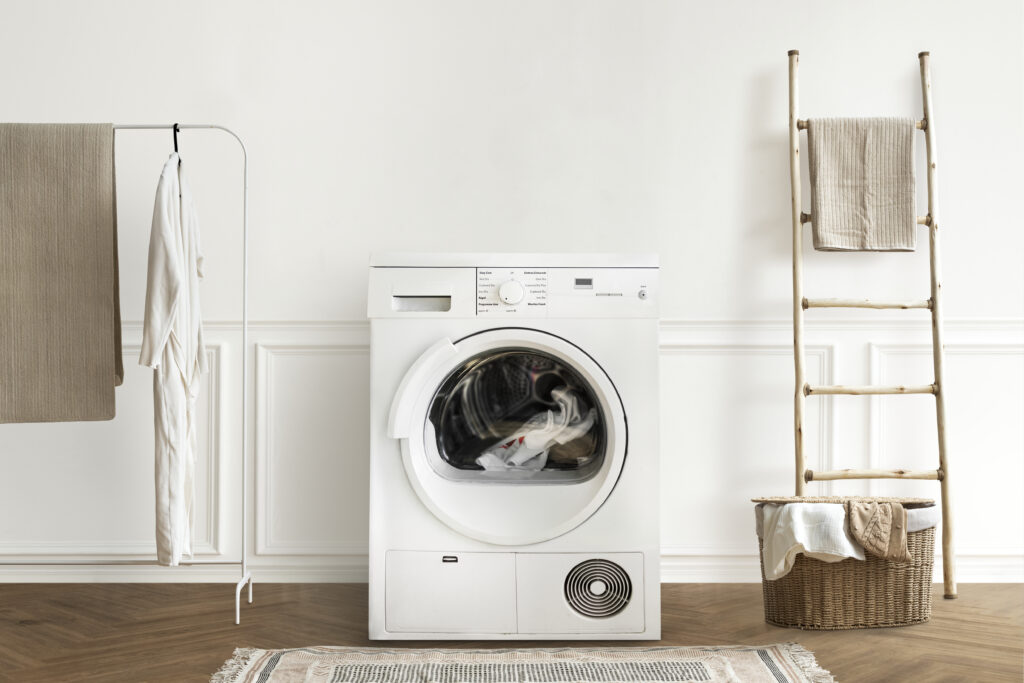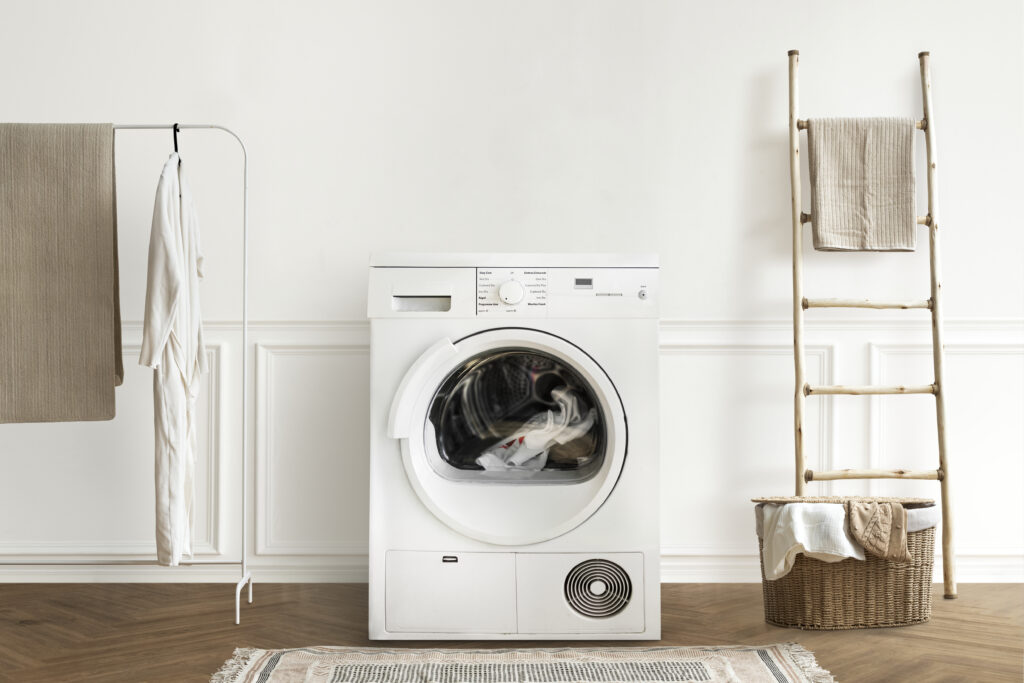In addition to being smarter, faster, and more efficient, modern washing machines now have a variety of electronic error codes. Although these codes aid in the early detection of issues, they can be perplexing if you don’t understand what they mean.
Don’t panic if you’ve ever looked at your washer’s display and seen a blinking LE, OE, F21, or UE code staring back at you! The most frequent washing machine error codes from well-known brands in the USA will be covered in this guide, along with what they mean and some easy at-home troubleshooting techniques.
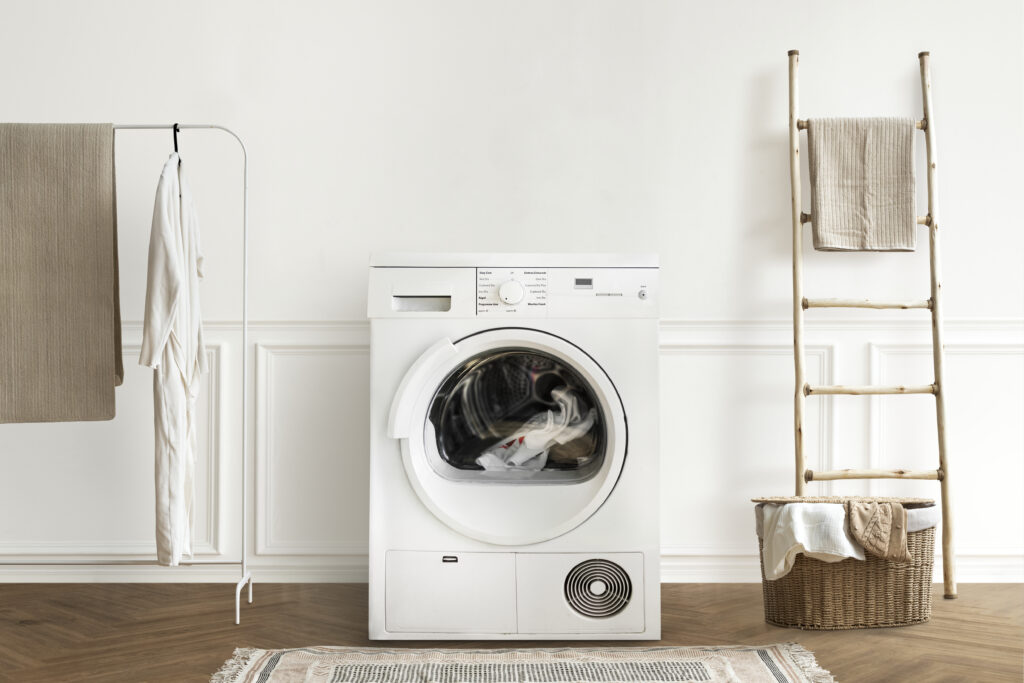
Why Do Error Codes Appear on Washing Machines?
Error codes on washing machines are diagnostic tools that let you know when something isn’t working properly. When an issue arises, the machine shows a code to help identify the cause, whether it’s a motor malfunction, water supply fault, drainage problem, or unbalanced load.
Although the systems used by each brand vary slightly, many problems are the same for all models. Knowing these codes can help you safely fix small issues on your own, save time, and cut down on needless repair costs.
Typical Error Codes for Washing Machines (USA Models)
The most common error codes for well-known washer brands, including LG, Samsung, Whirlpool, Maytag, GE, and Frigidaire, are broken down here.
📌 Error codes for LG washing machines
Quick Fix for Code Meaning
OE Drainage ErrorExamine the pump filter and drain hose.
UEUnbalanced weightRestart LE and redistribute the laundry.Error in the motor lockReset the power and check the motor wiring.Error overflowExamine the water inlet valves.
PEProblem with the pressure sensorVerify the connection of the water level sensor.
CLChild Lock is now active.Hold down the child lock button for three seconds.
📌 Code Meanings for Samsung Washing Machine ErrorsEasy Fix
4C/EA problem with the water supplyExamine the valves and hoses at the water intake.
5C and 5EDrainage errorClean the drain hose and the pump filter.Unbalanced loadModify the laundry load LE.A water leak was discovered.Examine the drain connections and leaks.
DC.The door was not securely closed.Make sure the door is shut firmly.Overcurrent errorCheck the power source and restart the washer.
Error Codes for Maytag and Whirlpool Washing Machines
Quick Fix for Code Meaning
F21lengthy drain timeClean the hose and drain pump filter.
F20Problem with the water inletVerify the water pressure and hoses.
F9 E1Issues with drainageExamine and clean the drain pump.
LdExtended drainClean drain pump uL, similar to F21Unbalanced loadMove the laundry around.Verify the door latch mechanism if the door lock is broken.
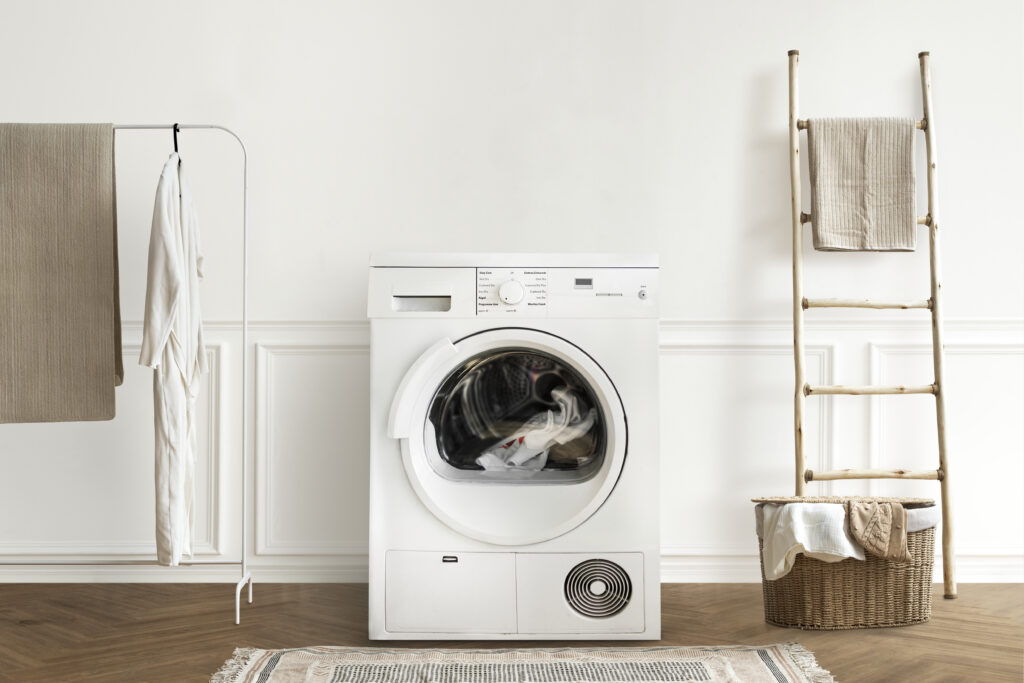
📌 GE Washing Machine Error Codes: Code Meaning, Quick Fix,
E22 Clogged Pump Filter, Clean Filter and Drain System, E23 Drain Pump Failure, Test and possibly Replace, E30 Door Lock Failure, Examine Lock Mechanism, E42 Control board communication issue, Power cycle, or call a technician
📌 Error Codes for Frigidaire Washing Machines: Quick Fix
E13 Water leak foundCheck for leaks in the drum and hoses.
Drainage error in E21Drain pump and hose should be clear.
E31Error in the pressure sensorReplace or test the pressure switch.
E35Too high of a water levelExamine the E5E pressure sensor and inlet valves.Error in control board communicationReset the power or swap out the board.
Fast Solutions for Frequently Occurring Error Codes
When you come across an error code, you can attempt the following general troubleshooting steps:
- Turn the washer on and off.
To fix small issues with the control board, unplug your washing machine for five to ten minutes. Restart the cycle by plugging it in again. - Examine the pump filter and drain hose.
Drainage-related errors are often caused by a dirty pump filter and a kinked or clogged drain hose. To prevent issues, clean these parts on a regular basis. - Redistribute the load of laundry
Errors like UE or uL are caused by unbalanced loads. Distribute clothing evenly inside the drum, and take out bulky items if needed.
✅ 4. Examine Connections at Water Inlets
Turn off the water, inspect the hose connections, and clean the inlet screens for obstructions if there are fill-related issues, such as 4C/4E or F20.
✅ 5. Check the Lid or Door Lock
If the door lock mechanism malfunctions, a lot of washers won’t spin or drain. When closing, listen for the locking click and check for debris or misalignment.
✅ 6. Clean the Hose or Pressure Sensor
To guarantee accurate readings, clean the air pressure sensor hose if you’re experiencing overflow or water level errors.
When to Contact a Qualified Technician
A certified appliance technician should be contacted even though many error codes can be fixed with simple maintenance if:
After several fixes, the error still occurs.
Communication issues are visible on the control board (E5E, E42).
It is necessary to replace the drain pump or motor.
There is damage to the internal wiring.
Despite checking the hose and valves, water leaks continue.
How to Avoid Future Error Codes
The likelihood that error codes will interrupt your laundry routine can be significantly decreased with routine preventive maintenance:
Every two to three months, clean the drain pump filter.
Only use high-efficiency (HE) detergent.
Don’t put too much strain on your washer.
Every year, check the water inlet hoses.
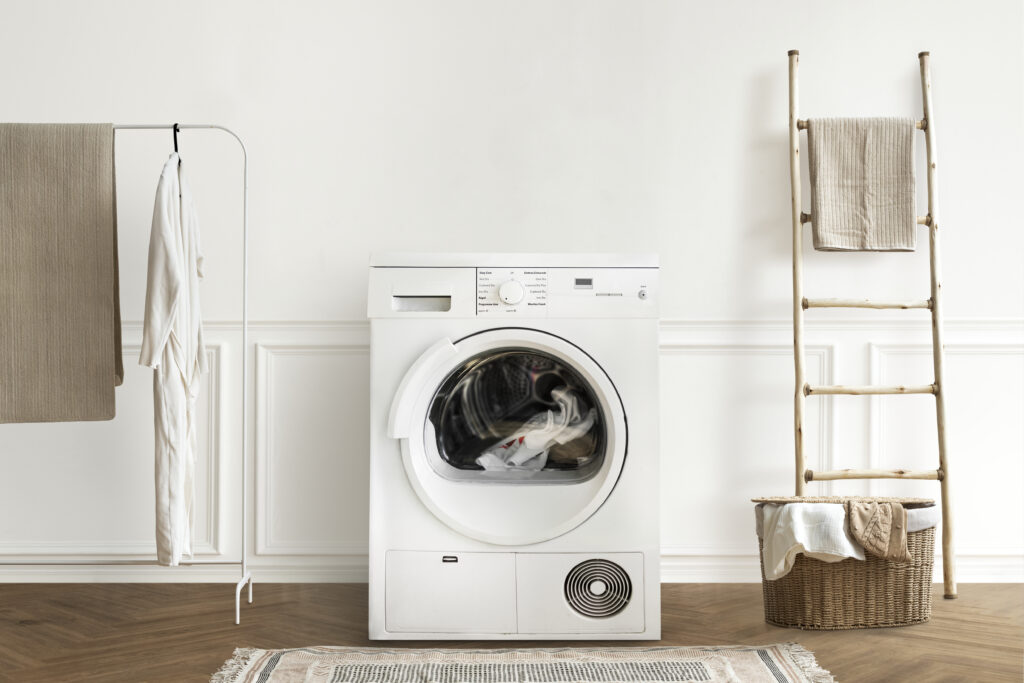
Maintain the door gasket and drum dry and clean.
Conclusion
You Can Save Time and Money by Decoding Error Codes
Although washing machine error codes may initially seem daunting, they are useful diagnostic tools made to safeguard your appliance and make troubleshooting easier. You can quickly handle small problems at home without waiting for a technician if you are familiar with these common codes and know a few simple fixes.
Never be afraid to seek professional assistance for complex or recurrent errors, particularly when dealing with electrical or motor issues. And keep in mind that hassle-free laundry days are greatly enhanced by routine washer maintenance.
FAQs: American Washing Machine Error Codes
Can I clear an error code on my washing machine by resetting it?
A: Yes, minor error codes are frequently resolved by unplugging your washer for five to ten minutes.
What is causing my washer to continuously display an error message about an unbalanced load?
A: This may be the result of an uneven laundry distribution or overload. Avoid putting bulky, heavy items together and spread your clothes evenly.
If the control board fails, do I have to replace my washer?
A: Not all the time. Sometimes replacing or repairing control boards is less expensive than purchasing a new machine.
How frequently should the drain pump filter be cleaned?
A: To avoid drainage errors, clean it every two to three months.

